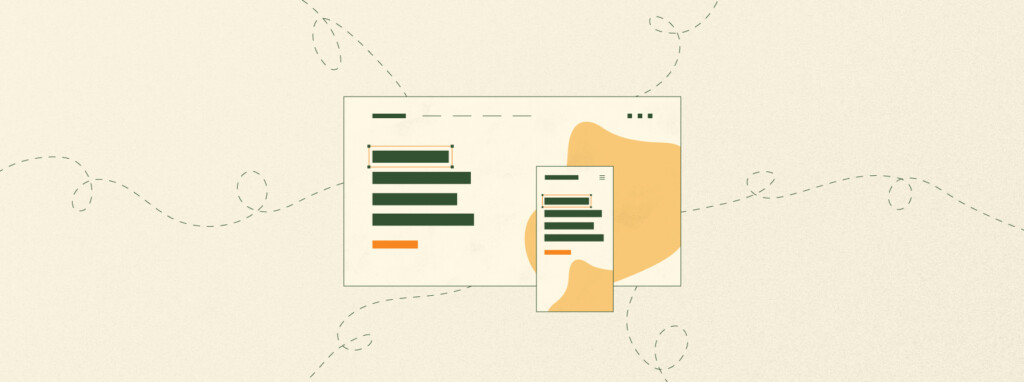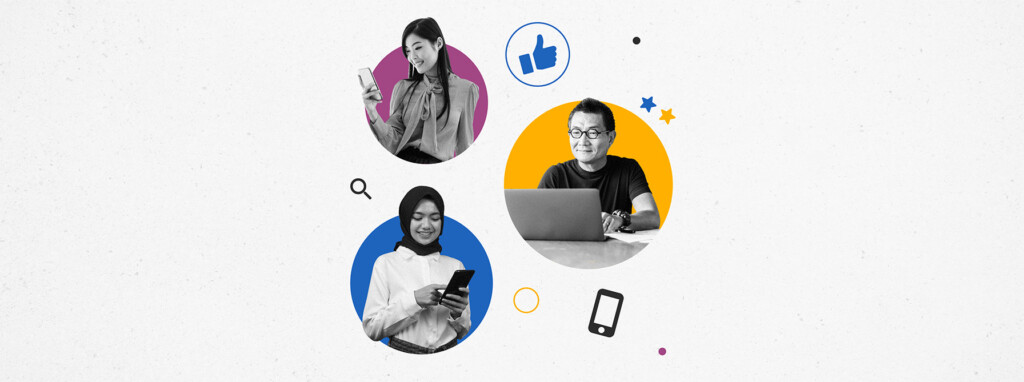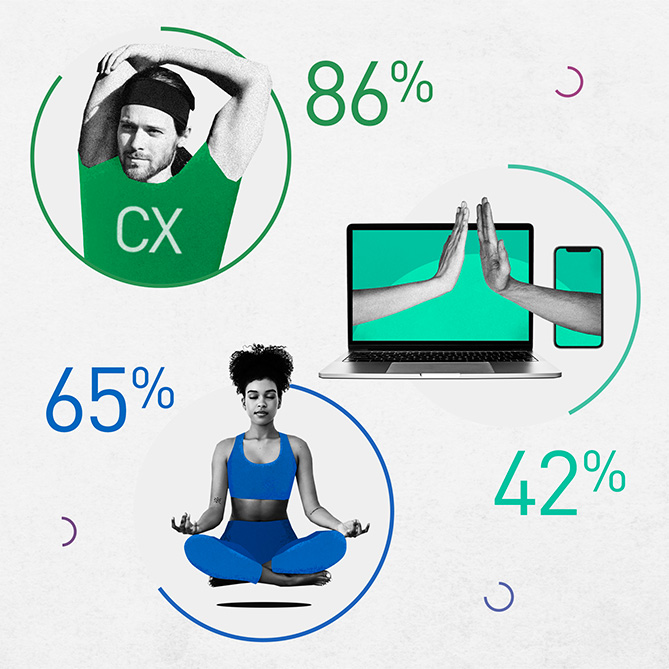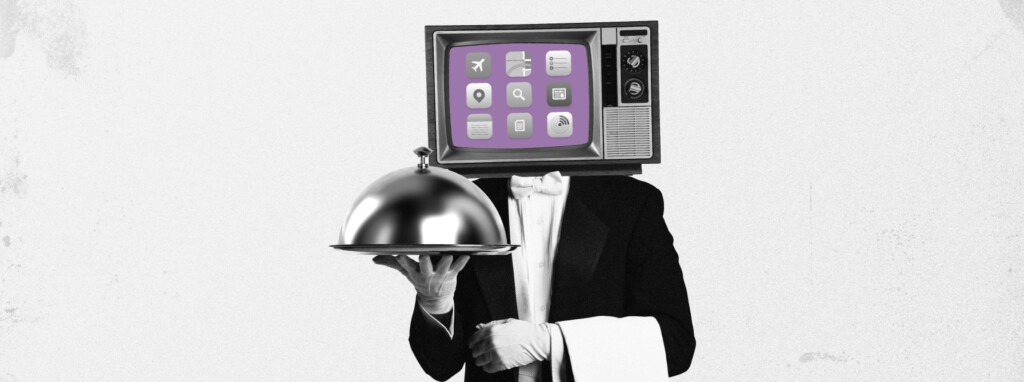The Dubs Annabel Hodges explains why your website’s UX should not be an afterthought: The destination is part of the content journey.
There are many building blocks to a successful website – code, content and design are just the starting points. Web design and UX design are often spoken of in parallel, however are very different (although equally important) foundations. Wikipedia defines User Experience Design (UX) as “the process of enhancing user satisfaction with a product by improving the usability, accessibility, and pleasure provided in the interaction with the product”.
Before we consider the importance of UX, we must first clarify a common misconception: the ‘design’ in ‘UX design’ is not about the visual aesthetics of a site. UX design concentrates on areas such as competitor and customer research, wireframing, information architecture, prototyping and testing. It’s important to also note the difference between UX and UI design. A UI designer will focus on elements such as branding and graphics, design research and adapting a product to multiple screen sizes; working alongside the UX designer.
UX design is about people, behaviour and feelings first and foremost
Good usability means better learnability. A site should be intuitive to a first-time visitor, making it easy to complete a desired action. Good UX feels effortless. In fact, the importance of a site’s UX is often highlighted only when it is done badly. UX design is about people, behaviour and feelings first and foremost. In order to convert your visitor, you need to understand them. And in order to understand your visitor, you need to understand your business.
When reviewing trends within the retail banking sector, Brian Solis, Principal Analyst for the Altimeter Group summarises it thus: “In 2016, and over the years to come, retail banking will lean on UX (user experience) to design more than a ‘mobile first’ experience. Experience architects will rethink what a bank is and what it means to digital-first and mobile-only customers, designing an entirely new set of products that will lead to new types of relationships. It’s innovation and disruption over iteration. The ‘Uber of banking’ is imminent.”
Traditionally, the financial services industry has struggled to accept the value of UX, with the exception of newer, leaner startups, and perhaps some of the bigger banks. The concept of significant investment in an ever changing product has left an institutionalised industry cold. However, the reality is that UX and all the research and understanding that comes along with investment in UX is now a business necessity. Accepting an ever changing landscape and investing in a digital product that requires constant review and updating is no longer a luxury.
Within the world of FinTech, this has never been more important and a wave of forward-thinking startups (some great examples are: Mint, Stripe, Acorns and Simple) are leading the charge, with mobile apps taking centre stage. Key UX disciplines are becoming increasingly crucial to their success. Usability tests, big data and a focus on a more transparent, frictionless customer journey must now become everyday responsibilities in order to compete in an ever-evolving online market.
Subscribe now for content marketing insights and trends straight to your inbox.









